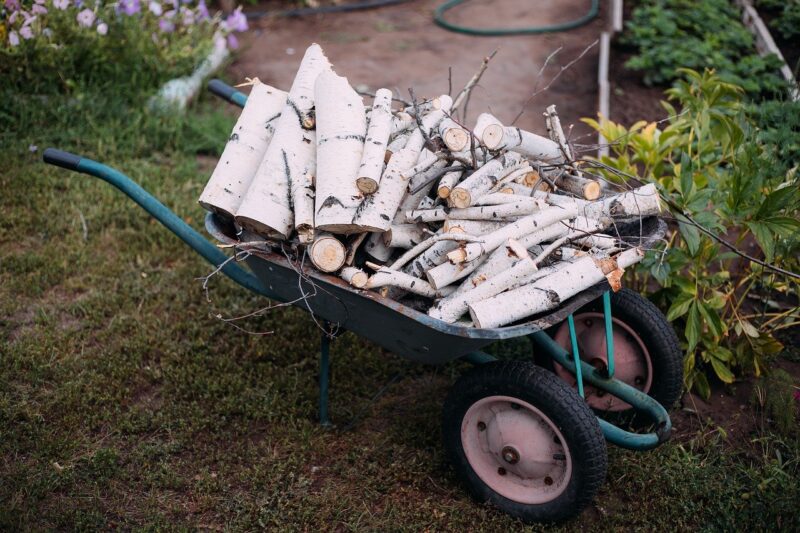10 Essential Gardening Tips for Beginners: Growing Your Own Food, Flowers, and Herbs
November 11, 2024

Gardening can be one of the most rewarding hobbies, allowing you to connect with nature, generate fresh produce, and beautify your space. However, if you’re new to the world of gardening, the prospect of starting can feel overwhelming. Fear not! This guide breaks down ten essential gardening tips tailored for beginners like you who want to grow their own food, flowers, and herbs.
1. Choose the Right Location
Before planting anything, assess your space. Most vegetables and flowers require six to eight hours of sunlight each day. Look for a location that gets ample sunlight and has good drainage. Consider how close it is to your water supply and whether it is protected from harsh winds.
If you’re short on space, consider container gardening. This allows you to grow plants almost anywhere—balconies, patios, or even small yards —while still receiving enough sunlight.
2. Start Small
As a beginner, it’s wise to start small, both in terms of the space you use and the number of plants you choose to grow. Opt for a few easy-to-grow vegetables such as lettuce, radishes, or herbs like basil and cilantro.
Tackling a huge garden can be overwhelming and may lead to frustration if things don’t go as planned. Starting small will give you the chance to learn the basics without feeling overextended.
3. Understand Your Soil
Healthy plants start with healthy soil. Understanding the type of soil you have is crucial. Conduct a soil test to determine its nutrient levels and pH. This will help you know whether you need to add organic matter, compost, or fertilizer to improve its quality.
If your soil is heavy clay or sandy, consider raised garden beds. These allow for better drainage and can be filled with a premium, nutrient-rich soil mix that promotes healthy plant growth.
4. Water Wisely
Watering is essential for thriving plants, but the timing and technique matter significantly. Here are some key points to remember:
- Water early in the morning to prevent evaporation and allow plants to absorb moisture throughout the day.
- Water deeply but less frequently. This encourages roots to grow deeper.
- Use mulch to retain moisture and regulate soil temperature, reducing the need for frequent watering.
5. Choose the Right Plants
When selecting plants, choose varieties that fit your climate zone and local conditions. Consult a gardening zone map or your local nursery for recommendations on what grows best in your area.
Start with hearty, low-maintenance plants that are forgiving of beginner mistakes. Some excellent plants for novices include:
- Tomatoes
- Zucchini
- Marigolds
- Sunflowers
- Herbs like mint, parsley, and rosemary
6. Follow a Planting Schedule
Understanding the right time to plant for your region is crucial. Use a planting calendar to identify the ideal times for sowing seeds and transplanting. Each plant has specific growing seasons based on temperature and light, which can significantly impact your harvest.
Additionally, stagger your planting times to have a continuous supply of your favorite produce throughout the season instead of a single harvest.
7. Keep a Garden Journal
Keeping a garden journal helps you track your progress, successes, and mistakes. Take notes on what you planted, when, and where, along with details about watering, fertilizing, and any challenges faced. This documentation is invaluable for learning and improving your gardening skills over time.
Being able to refer back to your experiences will allow you to adjust your gardening practices and thrive in future seasons.
8. Monitor for Pests and Diseases
Regularly inspect your plants for signs of pests or diseases. Early detection is key to managing infestations before they cause major damage.
Some eco-friendly pest control options include:
- Neem oil for soft-bodied pests like aphids and spider mites.
- Soap sprays for whiteflies and other small insects.
- Handpicking larger pests like slugs and caterpillars.
Additionally, some plants naturally deter pests, so correlate companion planting with your garden design.
9. Practice Regular Maintenance
Gardening is not a one-time effort; it requires ongoing maintenance. This includes regular tasks like watering, weeding, pruning, and harvesting. Weeds can compete with your plants for nutrients and water, so ensure that you stay on top of removal.
Set aside time each week to walk through your garden, assessing plant health and addressing any issues promptly.
10. Enjoy the Process
Finally, remember to embrace the journey! Gardening is an ever-evolving hobby that teaches patience and resilience. Celebrate your successes, learn from your failures, and take time to enjoy the beauty and bounty your garden provides.
As you grow your skills and expand your knowledge, your garden will flourish in ways you never imagined.
Conclusion
Gardening is not only a way to grow your food, flowers, and herbs; it’s a source of joy that fosters a deeper connection to the earth. By following these ten essential tips, you’re setting the foundation for a thriving garden that can bring you nourishment and beauty for years to come.
Get your hands dirty and start your gardening adventure today!






